Subscribe to Baseball History Comes Alive! for automatic updates (sign-up block found in right side-bar)
As a Free Bonus for subscribing, you’ll get instant access to my two Special Reports: Memorable World Series Moments and Gary’s Handy Dandy World Series Reference Guide!
Jimmie Foxx and Ted Williams Photo Gallery
Click on any image below to see photos in full size and to start Photo Gallery:
A Look at the Career of the Great “Double X,” Jimmie Foxx!
“How in the hell do you manage to hit all those home runs with those scrawny arms?” –Jimmie Foxx to his young teammate, Ted Williams
Haha! I just made up that quote…but it sure looks like that’s what Jimmie is saying to Ted.
Jimmie just can’t seem to figure it out…and looking at Ted Williams’ biceps, I’m wondering the same thing. How did he manage to hit 521 home runs with such puny arms? I think mine are bigger than that. I guess it’s safe to say Ted Williams “filled out” over time.
On the other hand, Jimmie Foxx, with his sculpted 6’0″, 195-pound physique, looks like he might have been put together by a welder. He’s always been regarded as one of the game’s strongest hitters. The great Yankee pitcher Lefty Gomez once said of him, “Jimmie Foxx has muscles in his hair.” In 1937, Foxx hit a ball off Gomez that disappeared into the third deck of the left-field stands at Yankee Stadium, a rare and powerful blow. When asked how far it went, Gomez just shrugged his shoulders and quipped, “I have no idea…but I do know it took somebody 45 minutes to go up there and get it back!” How does 500 feet sound, Lefty!
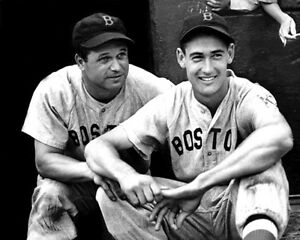
A native of Sudlersville, Maryland, Jimmie Foxx dropped out of high school to join a minor league team managed by former Philadelphia Athletics great Frank “Home Run” Baker, who in turn alerted his former manager, Connie Mack, about this young sensational player. On Baker’s recommendation, Foxx was soon a member of the Athletics, making his major league debut on May 1, 1925.
“Double X” had no chance of replacing the great Mickey Cochrane behind the plate, but Mr. Mack knew he had to find a spot in the lineup for his potent bat. By 1927 he was splitting time between catching, first base, and the outfield. After three solid years (1926-’28) in which he hit .313, .323, and .328 respectively, Jimmie had a breakout year in 1929. In his first truly great season, he hit .354 with 33 home runs and 118 RBIs, earning him an appearance on Time magazine. It was now obvious to all that Jimmie Foxx was a superstar in the making.
Jimmie quickly developed into one of the game’s great sluggers. His glory years were with the Athletics (1925-1936) and the Red Sox (1936-1942), but he also played for the Cubs (1942, 1944), and Phillies (1945). Some of his stats are “off-the-charts”: Over his 20-year career, he hit .325, with 2645 hits, 534 home runs (19th all-time),1922 RBIs (10th all-time), 1751 runs, .428 on-base percentage (10th all-time), .609 slugging average (4rd all-time, behind only Babe Ruth, Ted Williams, and Lou Gehrig), and 4956 total bases. In 18 post-season games, all with the A’s from 1929-1931, Jimmie hit .425 with four home runs and 11 RBIs.
In addition, the nine-time all-star had 30 or more home runs in 12 consecutive years, and 100 RBIs in 13 consecutive years. Jimmie was a member of three pennant winners and two World Series champions. He was a two-time American League batting champion, three-time MVP, four-time home run champion, and a Triple Crown Winner.
Jimmie had so many great seasons, it’s hard to say which one was his best, but 1932, his first MVP year, certainly stands out. That year, Jimmie hit .364, with 213 hits, 58 home runs, 169 RBIs, and a .469 on-base percentage. In addition, he led the American League in all the following categories: slugging percentage (.749), runs (151), OPS (1,218), OPS+ (207), and total bases (438). What a year!
When the Depression hit in the early 1930s, cash-strapped Athletics’ owner Connie Mack was unable to pay his stars their worth and sold Foxx to the Red Sox for $150,000. In Boston, where he eventually teamed up with a rookie named Ted Williams, he went on to have more great seasons, including an MVP year in 1938.
After his playing days ended, Foxx worked as a minor league manager and coach, including managing the Fort Wayne Daisies of the All-American Girls Professional Baseball League. He was also the head coach for the University of Miami baseball team for two seasons. His son, Jimmie Foxx, Jr., was an outstanding football player at Kent State University. Tom Hanks’ character in A League of Their Own, Jimmy Dugan, was said to be modeled after Jimmie Foxx.
“The Beast,” Foxx’s nickname, fits his batting style, but not his personality. Famed baseball photographer George Brace got to know Jimmie well:
“He was a murderous hitter but too nice for his own good. He would always tip us, and everybody else. He was way too generous with his money. By the time of his death in 1967, he was nearly broke.”
What Brace was referring to was a series of poor investments that left Foxx on the verge of destitution by 1958. The Red Sox tried to help their former star by naming him hitting coach of their Triple-A affiliate, the Minneapolis Millers of the American Association. This was followed by a series of menial jobs, including being a greeter at a steak joint in Galesburg, Illinois.
At the time of his retirement, his 534 home runs was second only to Ruth on the all-time list, and first among right-handed hitters. In 1999, he ranked number 15 on The Sporting News‘ list of the 100 Greatest Baseball Players, and was a nominee for the Major League Baseball All-Century Team. He was elected to the National Baseball Hall of Fame in 1951.
So let’s take moment to shine our baseball spotlight on “Double X,” Jimmie Foxx, one of the game’s all-time greats.
Shop MLB.com. The Official Online Shop of Major League Baseball.
Gary Livacari
Photo Credits: All from Google search
Check out my latest book, recently nominated for the SABR 2020 Lawrence Ritter award: Reflections On the 1919 Black Sox: Time to Take Another Look now available on Amazon in e-book and paperback. All profits go to the Illinois Veterans Foundation
Add your name to the petition to help get Gil Hodges elected to the Hall of Fame
Vote In Our New Poll: Baseball and the Coronavirus – What Constitutes a Legitimate Season?
We are a participant in the Amazon Services LLC Associates Program, an affiliate advertising program designed to provide a means for us to earn fees by linking to Amazon.com and affiliated sites. Click here to view Amazon’s privacy policy
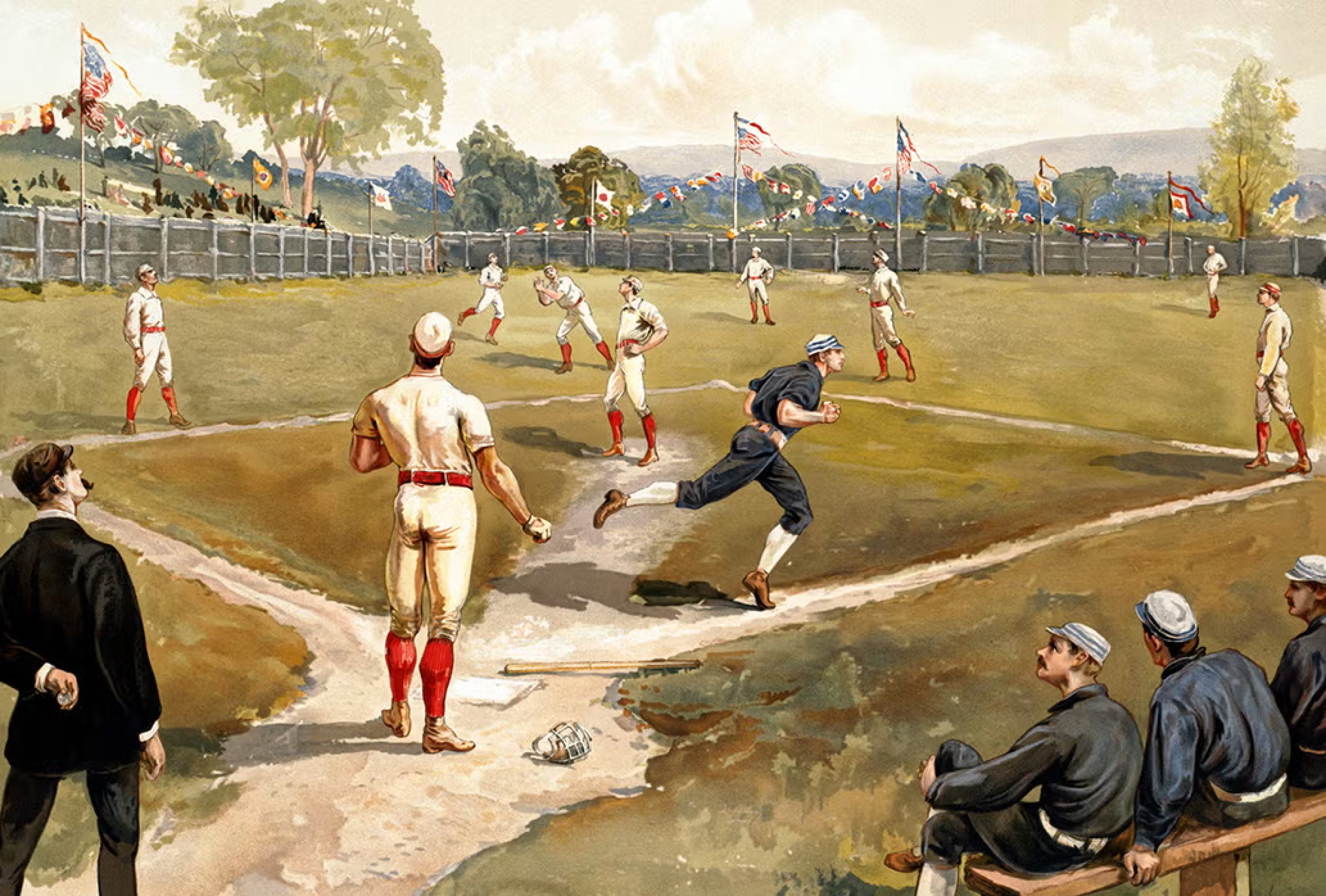
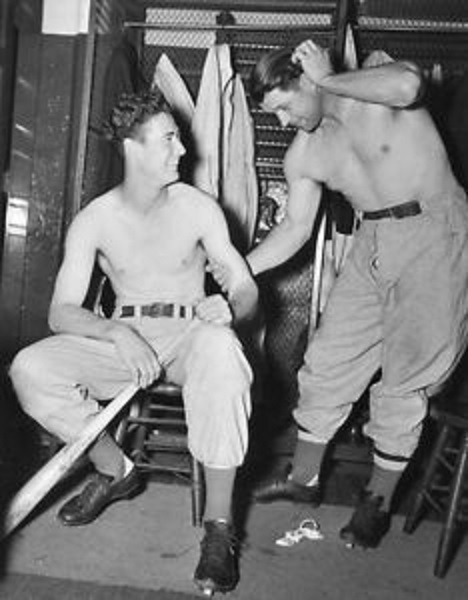
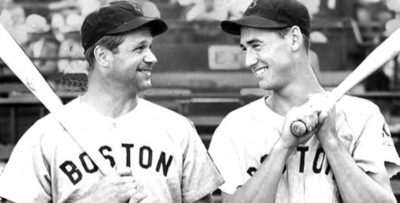
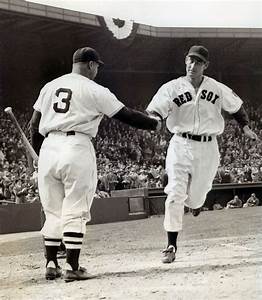
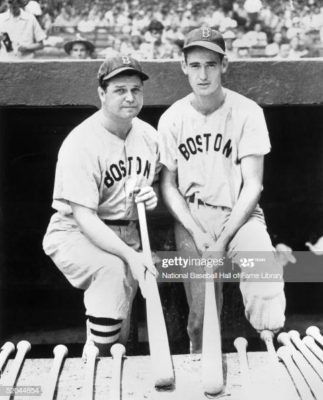
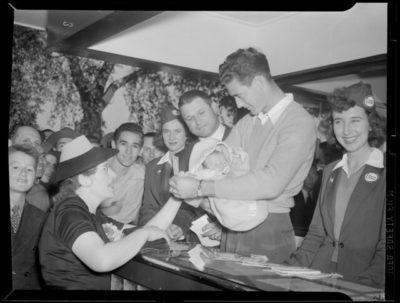
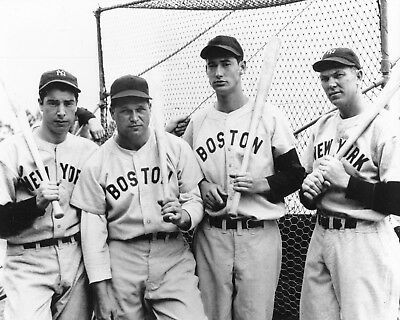
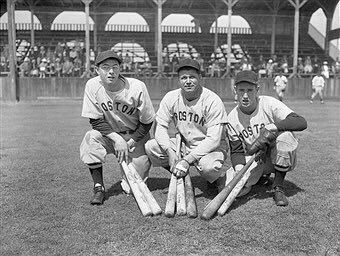
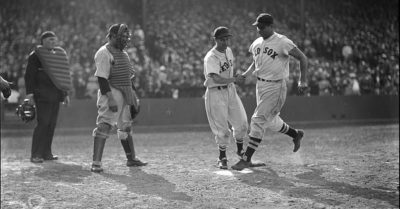
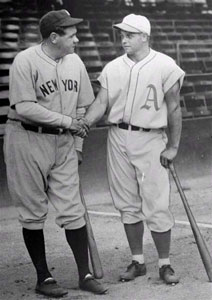
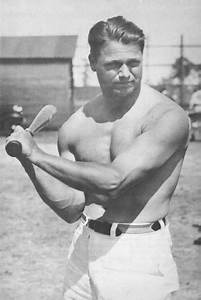
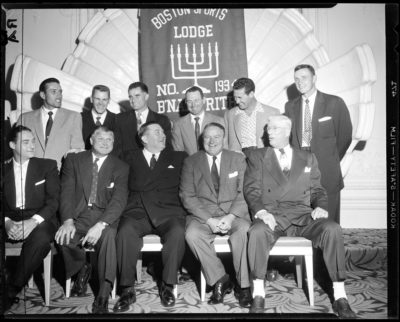
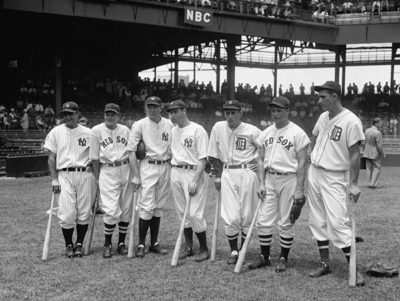
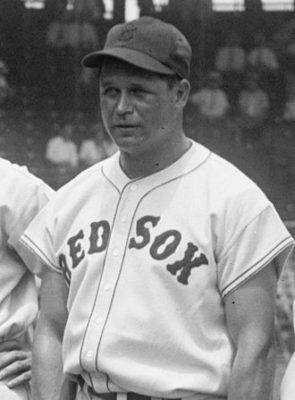
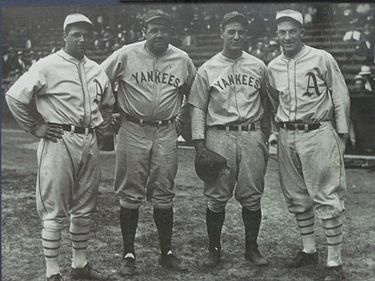
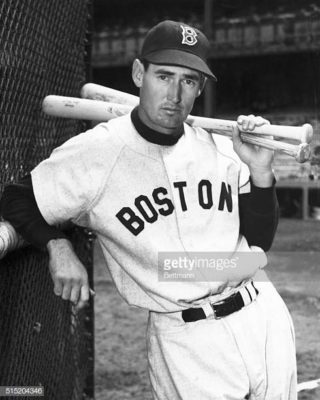
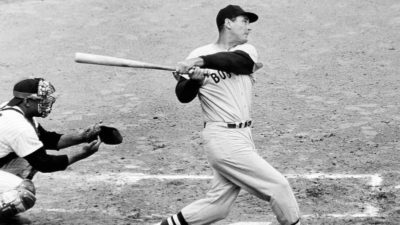
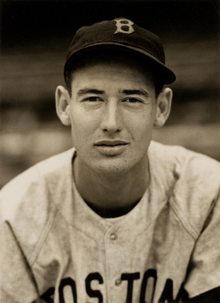
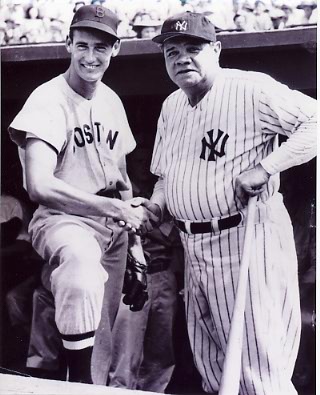

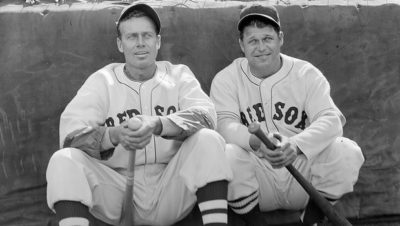
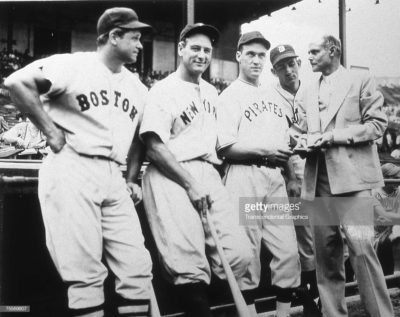
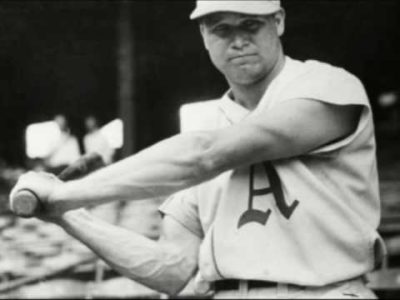
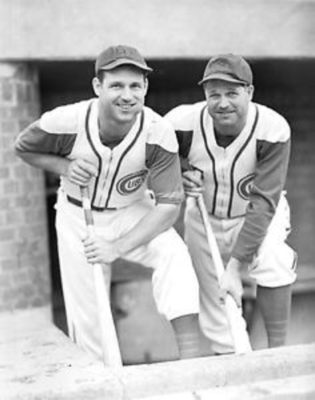
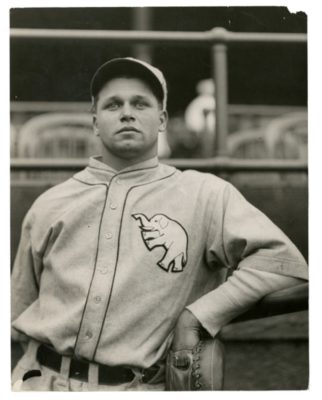
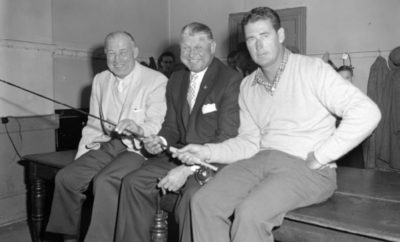
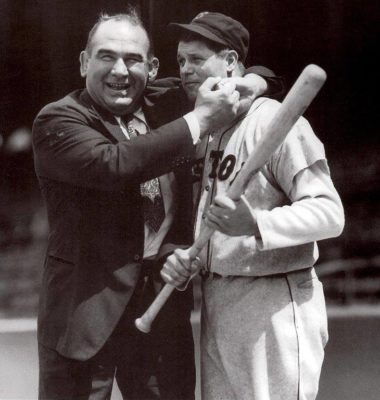
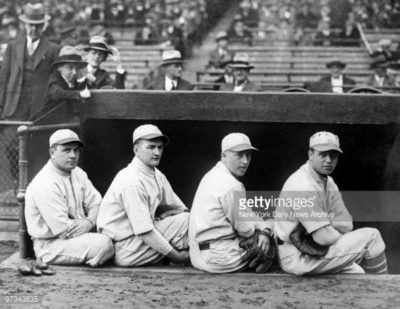
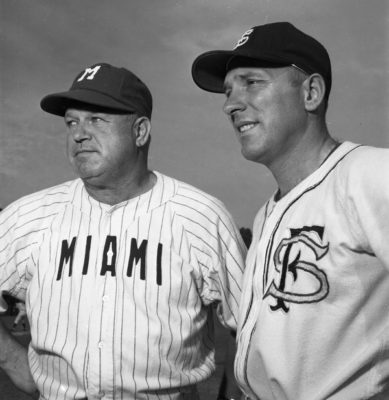
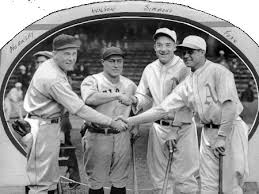
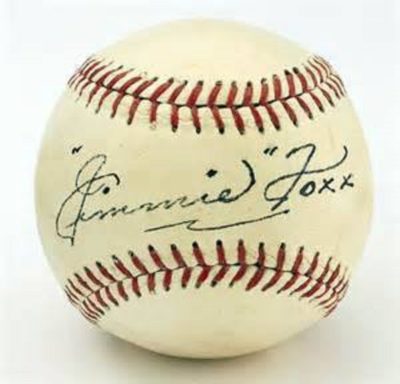
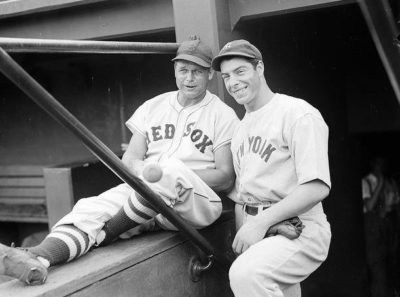
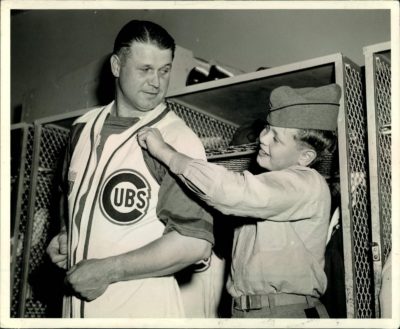
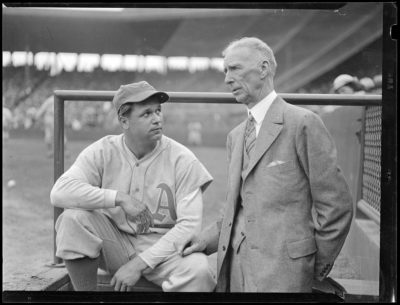
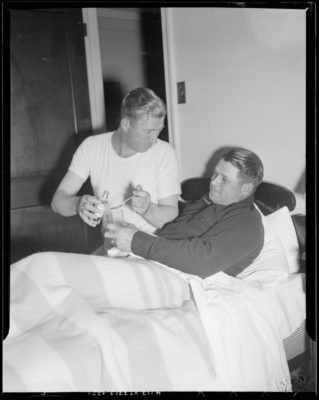
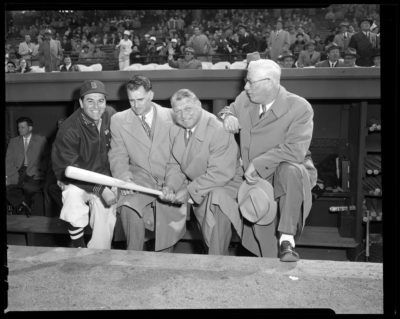

Hi Gary,
Yeah, “The Splendid Splinter” filled out a little, later on.
Jimmie Foxx sure produced some awesome numbers alright, especially in 1932! That blast off Lefty Gomez into the Stadium third deck had to approach 500 feet. Those sluggers back in the day had outrageous RBI totals, didn’t they?
As you indicated, Gomez was a funny guy–“I’ve got a new invention. A revolving bowl for tired goldfish.”
Lefty was a pretty fair pitcher, posting a .649 winning percentage for the Yankees over 14 years. He grabbed the earned run title in ’34 and ’37 with these identical stats both years: 2.33 ERA, 25 complete games and six shutouts. How about that?
Thanks!
Bill
Thanks Bill. I agree with you about Gomez. I did a little writeup on him a couple months ago. Here’s a link if you want to check it out. https://wp.me/p7a04E-6XX
Loved the Gomez article, Gary! Thanks for the link. Had no idea he was ranked as high as # 73, in the top 100, by The Sporting News.
Looks like daughter Vernona inherited the best of both parents-beautiful and talented. Do you recommend her book on Lefty?
Best,
Bill
Yeah I do, I really enjoyed the book. Thought it was very well done. After I wrote the piece, I sent Verona a message on Facebook and I had a nice back and forth with her. She graciously thanked me for the article and was very appreciative. And I agree with you, she inherited her mother’s beauty and her father’s talent for sure!
It seems to me that Jimmie Foxx is forgotten about today. Maybe because his best years were with the Philadelphia Athletics, a team that has moved a number of times. I remember a few years ago Sports illustrated had a article about the 1929 Philadelphia Athletics. They seemed to think that the 1929 Athletics might have been the greatest team in MLB history. Yet that team seems to be forgotten by most MLB fans.
That’s a great observation Wayne…And I agree that the ’29 A’s may have been the greatest team ever.
Great info on Foxx. He’s also a cipher when it comes to recognition in Red Sox history, even though he played six plus very productive years with them.
Norman Macht’s 3 volume series on Mack is the definitive work on him and the A’s. If put together as one volume, it’s bigger than two Manhattan phone books.
I used to travel a lot in my job before retirement. I had an agent in E. Brookfield, MA, Mack’s birthplace. I was always interested in finding his birthplace. Lo, and behold, little did I know the agent was located on the street in back of Mack’s birth place and I passed it dozens of times. It was/is a private residence and the only indication is a small sign that was indecipherable unless you were coming in from the other direction.
I met Jimmie as a little leaguer way back in the early 60’s, about a year prior to his death. He was brought in for our opening day festivities, after which he attended a small, select gathering. My father was one of the invited attendees and he placed me next to “Double X.” He graciously signed two items, the baseball publication for our little league, which I still have, along with my baseball cap, which has disappeared.
Over “drinks,” Jimmie shared stories with those at our table about the old days, along with the players of his era, such as Ruth, etc. It must have been quite a thrill for the adults, because they were kids when Foxx, et all were their heroes.
Even though I was only 12 at the time, I could tell that alcohol had won the battle against this once great ballplayer, and it had a very powerful impact on me. I couldn’t help but think that it must be very difficult to have your best days behind you. What could possibly ever match the excitement and thrills that these men experienced? Sadly, far too many ended up like Jimmie.